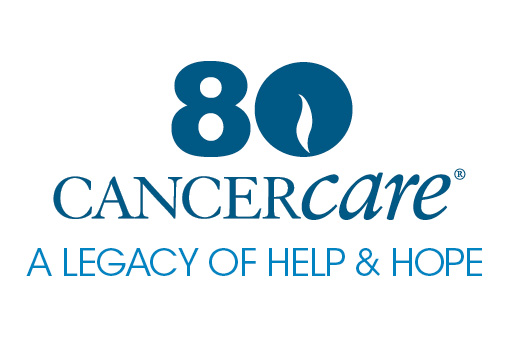As you return to your workplace during the COVID-19 pandemic, it is important to know and understand updated guidelines in order to be as safe as possible. Especially for those diagnosed with cancer, the threat of exposure remains a serious concern.
Precautions You Can Take
Even though many people in the U.S are now vaccinated against the coronavirus, breakthrough infections still present a risk. Risks can also be higher in areas with low vaccination rates. What makes this virus particularly dangerous is that a person with the coronavirus may not show any symptoms or realize they have it.
There are precautions you can take if you must return to working in person. If your health care team recommends getting vaccinated, look into doing so as soon as possible. Remember that you are not considered fully immunized until two weeks after your single-shot dose (Johnson & Johnson) or two weeks after your second shot of a two-dose vaccine (Pfizer/BioNTech or Moderna). Your health care team can also share recommendations regarding booster shots.
Where possible, work with your management on the following:
Maintain a distance of six feet or more from others, including co-workers and customers.
Wear a mask at all times. If possible in your workplace, ask others to also wear masks.
Improve ventilation to make sure air circulates in your work area.
See if you can stagger break and lunch times, especially if break rooms become crowded.
It may not be possible for everyone in your company or organization to be vaccinated. Even if they are, these actions can ensure even better safety for everyone.
As you return to your workplace during the COVID-19 pandemic, it is important to know and understand updated guidelines in order to be as safe as possible. Especially for those diagnosed with cancer, the threat of exposure remains a serious concern.
If you commute to work via public transportations, these precautions should also be taken.
Talk to Your Health Care Team
Your health care team can help develop a plan. If you need to work in person while undergoing treatment, they may be able to recommend changes to your treatment.
Describe your work hours and job responsibilities to your doctor. It’s also important to include any unique circumstances that may be difficult for you throughout treatment.
Ask your doctor what to expect during treatment and how treatment or side effects may affect your job performance.
Ask if there are treatment options that might make it easier for you to continue working, like oral chemotherapies (taken in pill form), medications to prevent or manage side effects and different treatment times or frequencies.
Communicating With Others in Your Workplace
It can be challenging to navigate conversations about cancer in the workplace, especially when you are vulnerable. Co-workers may be reluctant to comply with public health recommendations, putting you at risk. Remember, disclosure about your diagnosis is a personal choice Your diagnosis is your story to tell, and you know your workplace environment best.
As far as safety is concerned, your management or human resources department should be able to assist you. In order to access workplace accommodations, you must disclose to Human Resources.
Know Your Rights
Due to the changing circumstances of the pandemic, national, state and local laws are also changing. You can find up-to-date information from the U.S. Equal Employment Opportunity Commission (www.eeoc.gov/coronavirus) or from the Centers for Disease Control and Prevention (www.cdc.gov/coronavirus). The Americans with Disability Act (ADA) requires that organizations with 15 or more employees comply with ADA guidelines. Employers must offer accommodations that do not cause “undue hardship” to the business to any employee who has a disability as defined by the ADA.
Flexible work hours to meet treatment schedules and doctor’s appointments are the most frequent workplace accommodations required by people living with cancer. If you require flextime, it is important to disclose your cancer diagnosis to your supervisor or Human Resources department to be protected under the ADA or you could risk jeopardizing your job security.
The following are other possible accommodation options under the ADA:
- Periodic breaks or a private area to rest or take medication
- Approval to work at home
- Reallocation or redistribution of marginal tasks to another employee
For any up-to-date information due to the pandemic, call 800-514-0301 or visit the ADA website at www.ada.gov.
Family Medical Leave Act (FMLA) can cover some time off during treatment. Under FMLA, an employee can take up to 12 weeks of unpaid leave per 12-month time period. To be eligible for FMLA benefits, an employee must work for an employer with at least 50 employees within 75 miles and have worked for this employer for a total of 12 months and for 1,250 hours over the last 12 months. For more about essential protections during the pandemic, visit the Department of Labor Wage and Hour Division website (www.dol.gov/agencies/whd/pandemic). The Equal Employment Opportunity Commission (EEOC) is a federal agency that enforces the provisions of the ADA and FMLA and assists citizens who feel they have been discriminated against in the workplace. If you feel you are being treated unfairly, contact the EEOC at 800-669-4000 or visit https://www.eeoc.gov.
Edited by Lauren Chatalian, LCSW
